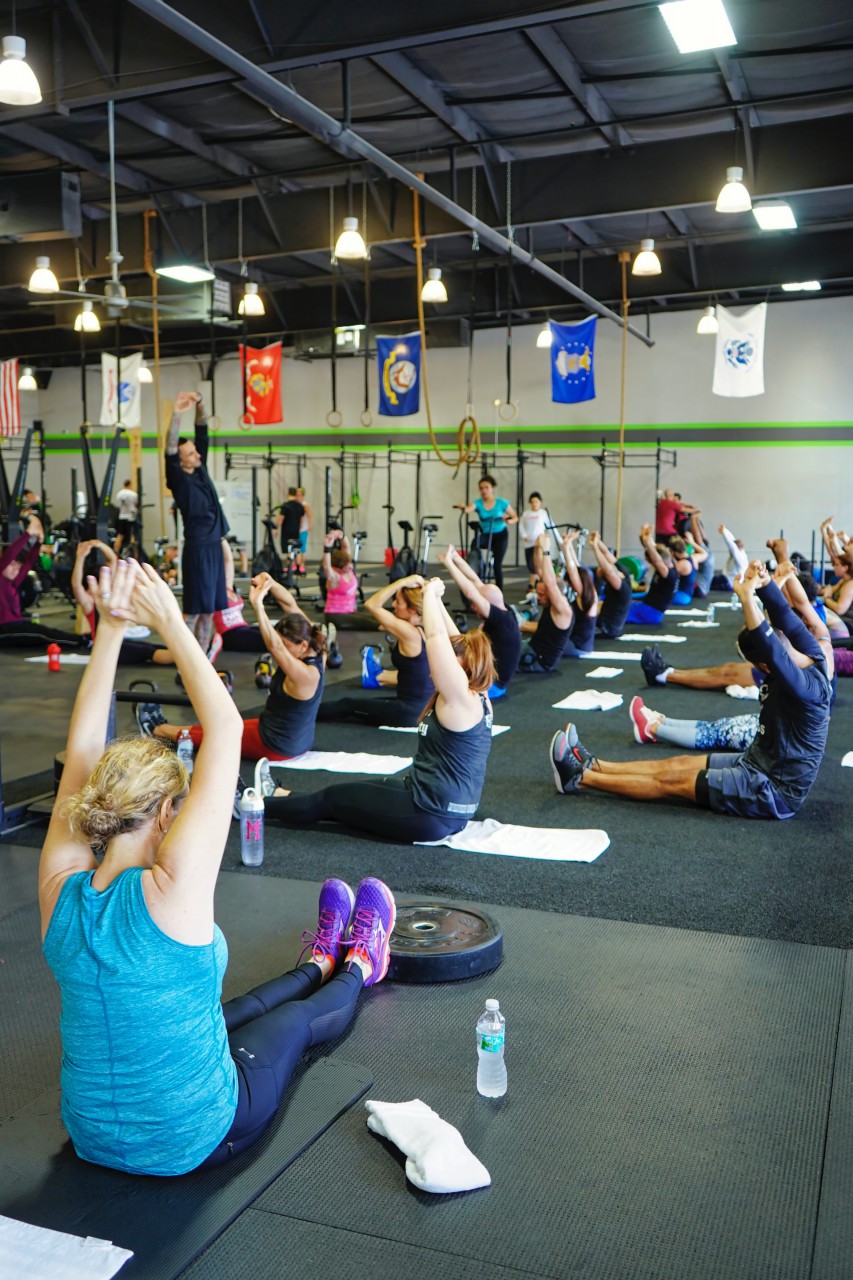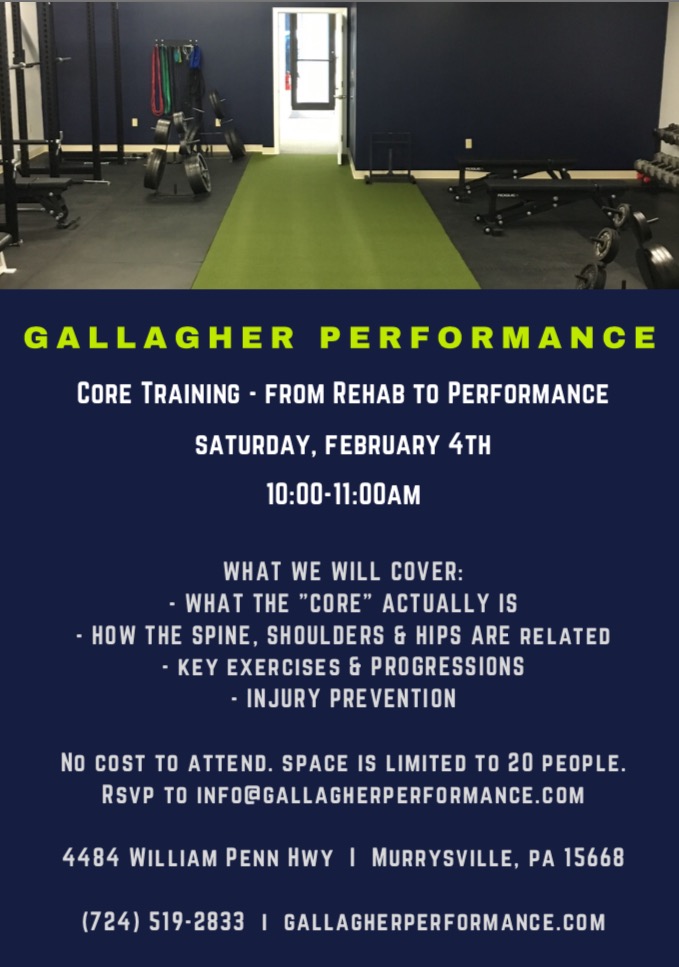Scoliosis.
The diagnosis can make anyone uneasy and it can become even more unnerving for parents when they hear that diagnosis for a child. Scoliosis in children between the ages of 10-18 years of age is termed adolescent scoliosis and can be due to many causes. But the most common type of scoliosis in the adolescent period is one in which the cause is unknown and is called adolescent idiopathic scoliosis (AIS). The reason why it is called idiopathic scoliosis is because there are currently no identifiable reasons as to why scoliosis develops in these children.
When we consider the current limited understanding of scoliosis in a traditional medical sense and the limitations in medically accepted treatment of AIS, it makes one wonder if there is a model of evaluation, treatment and management of scoliosis that may provide the potential for deeper understanding of the condition and reasons why it develops. Possibly bringing to light conservative treatment measures that have the ability to stop it's progression - or even reverse it.
Before we get to more detail on these discussion points, lets review what is currently known about AIS, from symptoms to treatment.
Symptoms
AIS generally does not result in pain or neurologic symptoms in children and teenagers. I can't stress this enough as often times this is the reason why the diagnosis of scoliosis can blindside many. Again, your child or teenager often times has no pain and no complaints. They seem to be perfectly healthy, active kids. This is a big reason why often times, scoliosis is either identified by primary care physicians during routine annual exams or during school exams.
While there may be no pain present and the child seems to be otherwise healthy despite curvature changes in the spine, how serious can the condition really be if it isn't that limiting?
While pain and neurologic symptoms may not be present, there can be disturbances within the nervous system on the cerebellar and sensory-motor integration level (1). Often there can be altered reflexes as identified by Janda, hypermobility, and muscular imbalances which create functional changes within the body (1). These functional changes have a direct effect on movement, thus having a direct effect on structure. In this case, the curvature of our spine (structure) is directly related to the function of our musculature and movement system.
Disturbances within our muscular/movement system can be identified by functional evaluation, however these evaluations are not typically part of the traditional medical evaluation process.
Does this lack of functional evaluation potentially leave pieces of the scoliosis puzzle unsolved? Pieces that would aid in determining the most appropriate course of treatment and management - and potentially a patient-specific reason for the development of the condition?
Evaluation & Physical Exam Findings
Classically, the physical evaluation and physical exam of a child diagnosed with AIS has a few key findings:
- Visible signs of lateral spine curvature along with asymmetries seen in the shoulders or hips, in which one side appears higher than the other.
- Adam's Forward Bending Test revealing either structural or nonstructural (aka functional) scoliosis. Adam's Test is consider the most sensitive test for scoliosis and the most common test used in the diagnosis of scoliosis.
- Radiographs or x-ray indicating positive findings for scoliosis. The curves are often measured for angles of the curves to determine severity.
While the physical findings from these objective exams are valuable and necessary to consider, there remains a lack of evaluation into how one's body is functioning. Functional evaluations are extremely valuable in determining possible underlying reasons for the structural changes seen in AIS.
Some functional evaluation considerations that are made from the world of Dynamic Neuromuscular Stabilization (DNS) include:
- Functional tests to assess movement control and coordination of the musculature surrounding the shoulders, spine, and hips.
- The central role proper neuromuscular function plays in spinal stabilization and optimal spinal posture.
- Sensory-motor integration and cerebellar function in the patient's ability to sense their body awareness, posture, and joint position in space.
- Hypermobility and other present musculoskeletal compensations in response to poor function of the integrated stability stabilization system (ISSS).
The more accurate the evaluation, the more accurately treatment can be applied. Functional evaluation only compliments orthopedic and neurological evaluation. Ideally, functional evaluation such as that provided by DNS would be consider as a necessary component for it's ability to bring to light issues that more traditional orthopedic and neurologic testing are unable to identify.
TreatmentTraditional medical treatment of AIS falls into three main categories:
- Observation
- Bracing
- Surgery
These traditional treatment and management strategies are used in accordance with guidelines based on severity and/or progression of AIS.
But are there other treatment options? Ones that may be considered more "alternative" yet may possess the potential to yield positive results in the treatment and management of children and teens with AIS?
Often interventions such as chiropractic, physical therapy, rehabilitation, and exercise therapy can be considered by some as alternative treatments to prevent progression of AIS. However, when applied appropriately in the treatment of AIS, these "alternative" treatments can offer something that observation, bracing, or surgery cannot - truly addressing the underlying functional causes in the development of structural asymmetries.
Improving the way one moves and functions - through targeted therapeutic exercise, joint mobilizations, and/or spinal manipulation - can have huge impact on preventing the progression of AIS. Coming from the Prague School of Rehabilitation, the pioneers of DNS therapy, they not only have success in treating AIS, they even have cases of reversal. Clearly there is something we can learn from the model utilized by DNS practicioners in improving our model of scoliosis evaluation, treatment, and management.
The hope is that this article has brought to light some reasons why we should reconsider how scoliosis is evaluated and treated as well as treatment options that exist, but can be rather difficult to find.
References:- Cerebellar function and hypermobility in patients with idiopathic scoliosis, Kobesova A, Drdakova L, Andel R, Kolar P. International Musculoskeletal Medicine. , 2013, 35(3): 99-105.
For further reading on DNS and the importance of functional evaluation, please check out the links below:
https://gallagherperformance.com/dynamic-neuromuscular-stabilization-advancing-therapy-performance/
https://gallagherperformance.com/solving-pain-influence-czech-rehabilitation-techniques/
https://gallagherperformance.com/resetting-bodys-function-post-injury/
https://gallagherperformance.com/the-importance-of-functional-evaluation/
https://gallagherperformance.com/chiropractic-rehab-dns-treatment/


